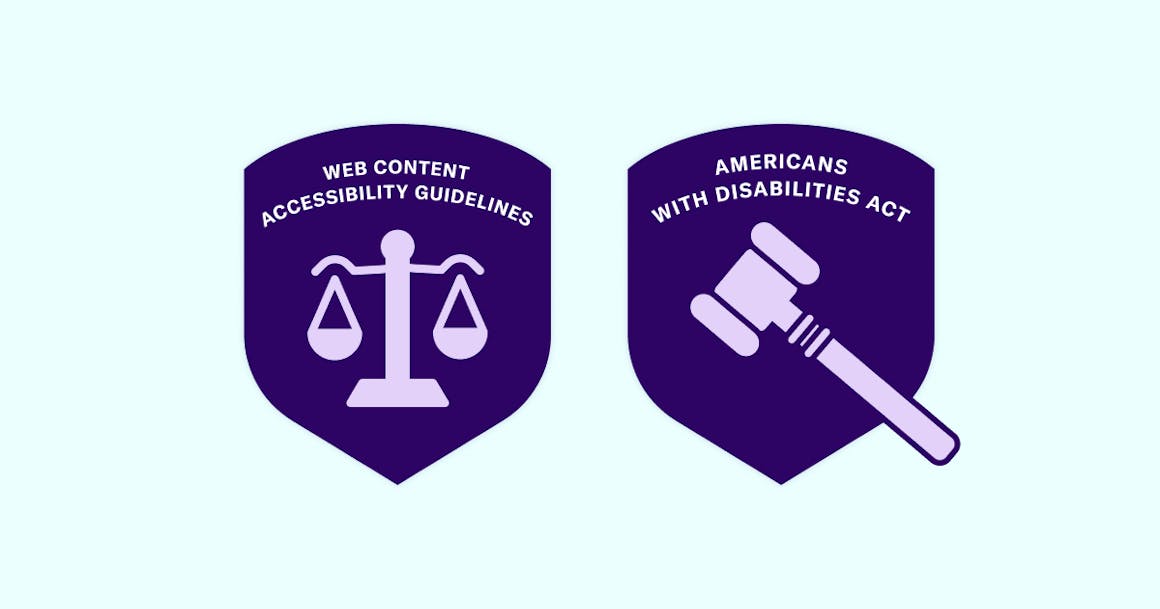Exploring the World: Travel Insights
Your go-to source for travel tips, destination guides, and cultural insights.
Accessibility: The Key to Unlocking Your Website's Full Potential
Unlock your website’s full potential! Discover how accessibility can transform your online presence and boost audience engagement.
Understanding Web Accessibility: Best Practices for All Users
Understanding web accessibility is vital to create an inclusive online environment. It ensures that all users, including those with disabilities, can access, navigate, and interact with web content effectively. Adopting best practices in web accessibility not only enhances user experience but also aligns your site with legal requirements and guidelines, such as the Web Content Accessibility Guidelines (WCAG). Common practices include ensuring proper text contrast, using descriptive alt texts for images, and facilitating keyboard navigation, allowing users to access the content without needing a mouse.
Implementing web accessibility best practices can significantly improve your website's usability for everyone. Here are some essential tips to consider:
- Use semantic HTML: Utilize proper HTML elements to convey meaning, which assists screen readers in interpreting your content.
- Provide alternative text: Always add alt text for images, describing their purpose or content for visually impaired users.
- Ensure keyboard accessibility: Make sure all interactive elements can be navigated using the keyboard alone.
- Test with real users: Conduct usability testing with individuals with disabilities to identify barriers and improve accessibility.

How Accessibility Enhances User Experience and Boosts SEO
Ensuring accessibility in web design not only aids users with disabilities but also significantly enhances the overall user experience. By implementing features such as alternative text for images, keyboard navigability, and screen reader compatibility, websites become more inclusive, allowing a broader audience to engage with the content. This inclusivity fosters a positive perception of the brand and encourages longer site visits, ultimately leading to increased user satisfaction. Moreover, organizations that prioritize accessibility demonstrate social responsibility, which can heighten customer loyalty and trust.
In addition to improving user experience, accessibility plays a crucial role in boosting SEO rankings. Search engines favor websites that adhere to accessibility standards, as they are likely to provide higher quality content that is easy to navigate. Techniques such as using semantic HTML, optimizing load times, and ensuring mobile-friendliness not only serve users but also help search engines identify and rank content more effectively. Consequently, investing in accessibility not only makes your site usable for all but also enhances its visibility in search engine results, driving more organic traffic.
Is Your Website Accessible? Common Barriers and Solutions
Ensuring your website is accessible is crucial for providing an inclusive experience for all users. Common barriers to accessibility include inadequate text alternatives for images, which can hinder visually impaired users who rely on screen readers. Additionally, poor color contrast may make it difficult for those with vision impairments to read content. Furthermore, navigation challenges can arise from inconsistent labeling of links and buttons. Addressing these issues is not only a legal requirement in many areas but also essential for improving the overall user experience.
To enhance your website's accessibility, consider implementing alternative text for all images to ensure that screen readers can convey the purpose of visuals to users. Additionally, utilizing high-contrast color schemes will improve readability for those with visual impairments. Lastly, consistent navigation and clear labels are key to providing a seamless experience. By taking these steps, you can effectively remove barriers and foster a more inclusive online environment for everyone.